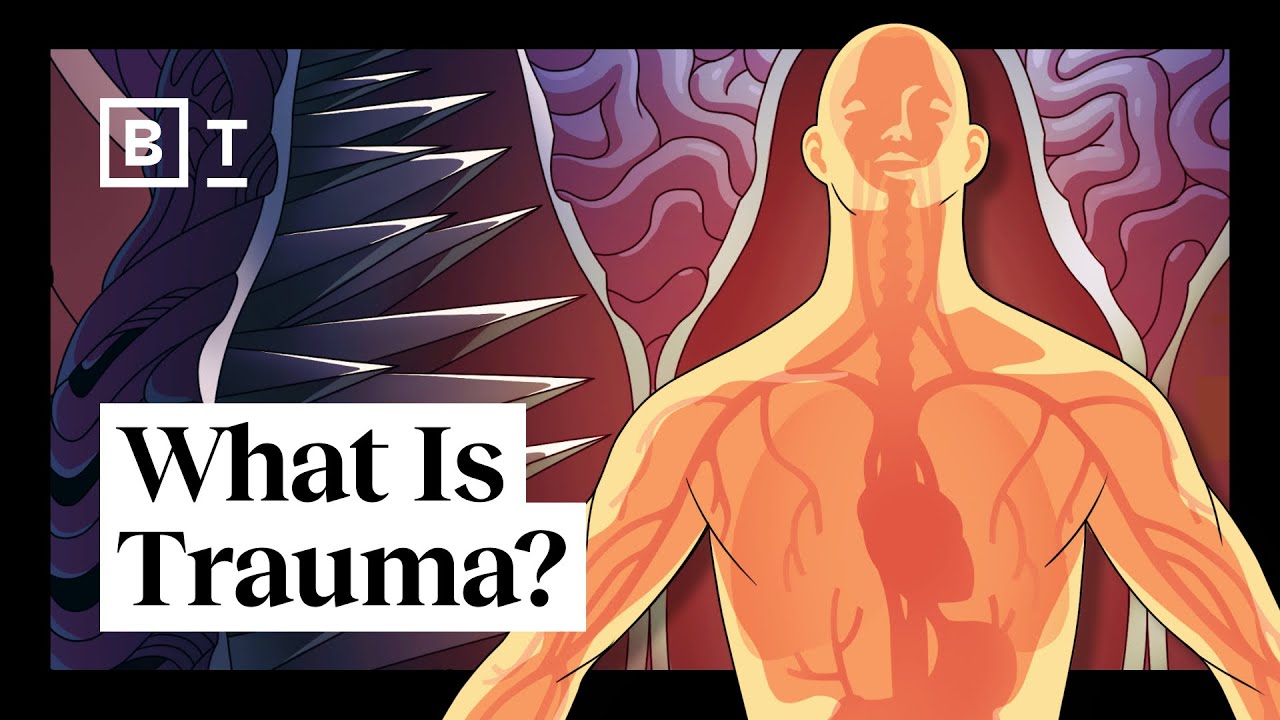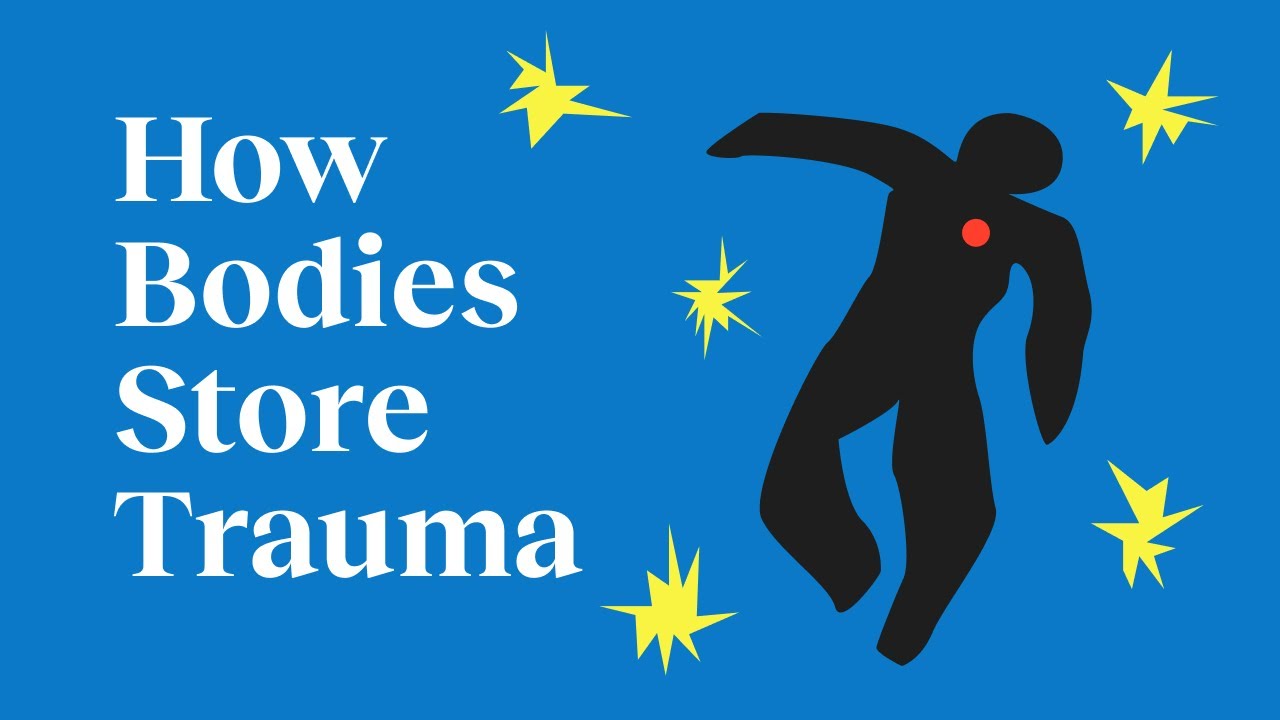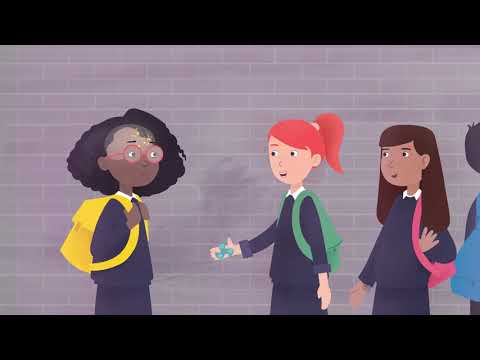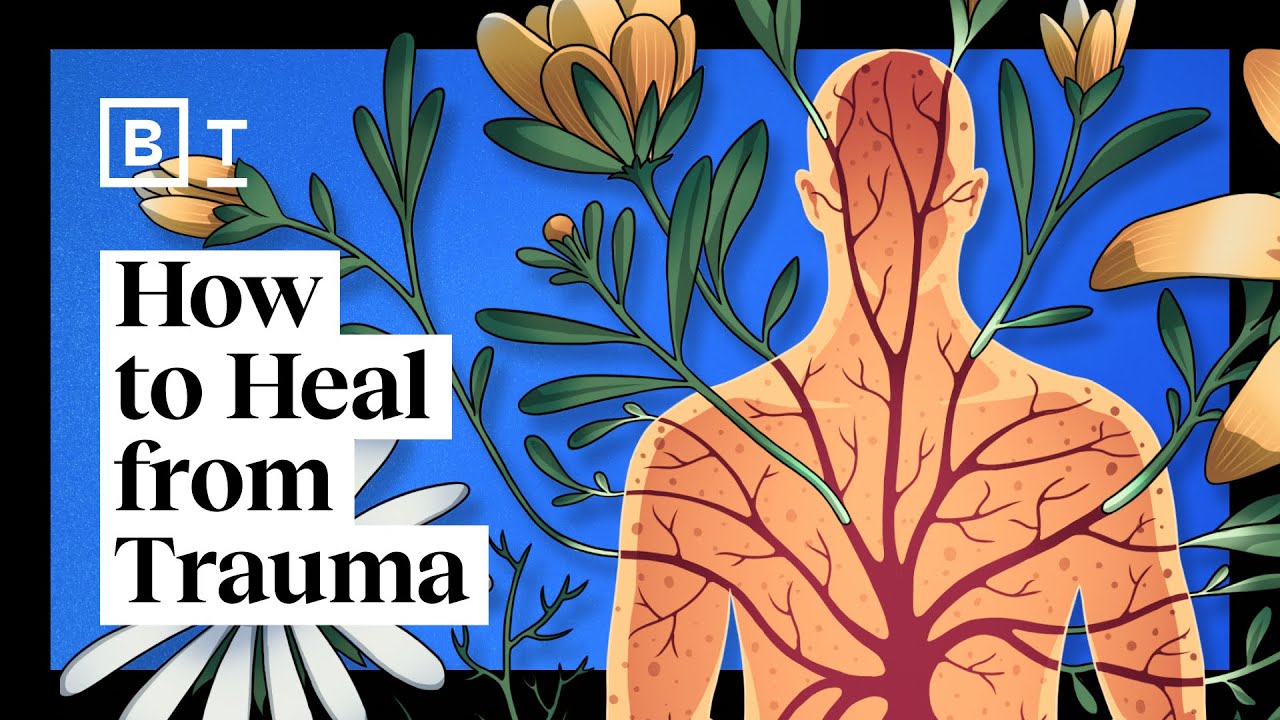Understanding Trauma
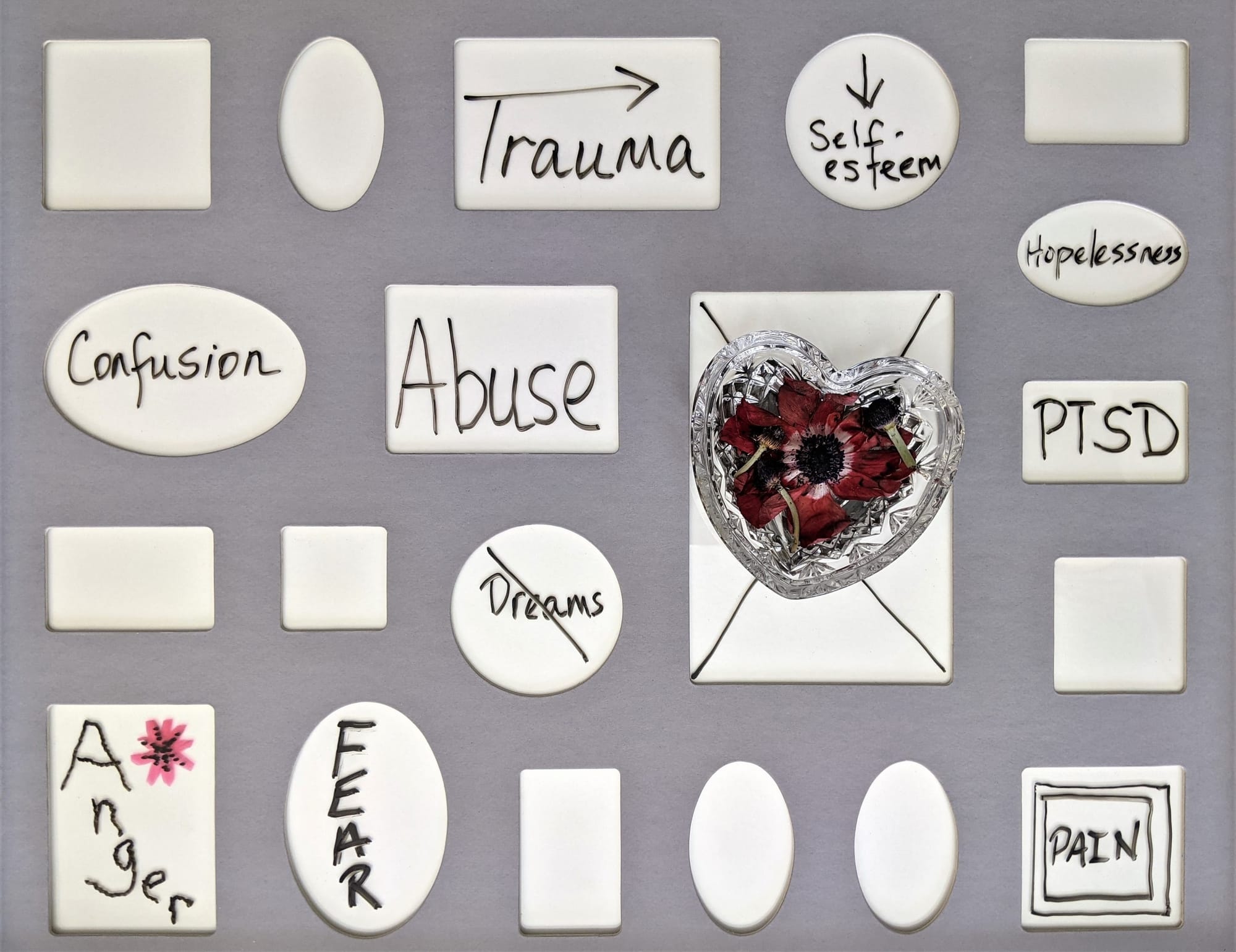
Trauma refers to a deeply distressing or disturbing experience that overwhelms a person's ability to cope, and leaves a lasting impact on their mental and emotional wellbeing. Traumatic events can be single incidents or ongoing experiences that involve actual or threatened harm to oneself or others.
What is Trauma?
How Bodies Store Trauma
Trauma can have a wide range of effects on individuals, both immediately after the event and long term. It can disrupt a person's sense of safety, trust and control, leading to various psychological, emotional, and physical symptoms. Some common reactions to trauma include:-
- Intense fear, anxiety or panic
- Flashbacks or intrusive memories of the event
- Nightmares or sleep disturbances
- Avoidance of reminders or triggers
- Hypervigilance or feeling constantly on guard
- Emotional numbness or detachment
- Difficulty concentrating or making decisions
- Irritability, anger or outbursts
- Physical symptoms like headaches, stomach aches or fatigue
It's important to recognise that trauma affects individuals differently, and the impact can vary depending on factors such as the severity of the event, past experiences, and available support systems. Trauma can have long lasting effects on mental health and may lead to the development of conditions like Post Traumatic Stress Disorder (PTSD), anxiety disorders, depression, or substance misuse.
Trauma and the Nervous System
Impact of Childhood Trauma
How trauma affects Memory
In everyday life we take in information through our senses – sounds sights smells touches and tastes. This information is processed through various parts of the brain and at least some of this information is stored. This is a complex process but it is helpful to consider how two parts of the brain contribute to the steps involved in the processing and storing of information.
So think of a really nice memory you have for an event that has happened in your past. When you do this you will most likely come up with a picture of an event and as you think about it other memories of the same event will cluster together. You will probably also be able to recall when this event happened, the memory will have a 'date stamp'. Next think of a sound, a piece of music, or a smell, that when you hear or smell it, it brings back for you a really strong positive memory. Again you will probably be able to remember when that event happened.
We have the same brain for processing good memories and upsetting memories, it is just that in situations where we experience a very high level of stress or arousal this high level of arousal has different effects on different parts of our brain. Two particular parts of the brain are important here, the hippocampus and the amygdala.
The hippocampus is a small seahorse-shaped part of the brain that has a role in giving memories a date stamp. Information comes in and it is stored for a while, it's given a date stamp and then passed on to the right 'department' for long-term storage. As levels of arousal build up to modest levels, the hippocampus gets better at its job. However when levels of arousal or stress get too high then the hippocampus starts to fail in it's job of giving a date stamp to the memories it is processing. The trauma memory therefore remains unprocessed in the hippocampus, disintegrated, fragmented, and feels ‘current’ rather than in the past.
The amygdala is a small almond-shaped part of the brain and acts as the brain’s ‘fear centre’. It acts in part to process and store memories, particularly emotions and physical sensations. It also controls activation of stress hormones – the body’s fight or flight response. In PTSD, the amygdala becomes over-reactive causing frequent or near constant high levels of stress hormones.
So, if we go back to your really nice memories, then these will have been encoded and stored with a date stamp and will be available for you to reconstruct whenever you want to think about the event. You will also be aware that this is an event from your past, you won’t think that this is an event that is happening now.
Memories of traumatic events though will be different. They may well be encoded and stored in very rich detail, but without a date stamp. The lack of a date stamp has some potentially serious implications that are highlighted below. Remember that one of the key tasks for your brain is to keep you safe and out of danger. If needed your brain will react first and then think about it afterward – always helpful when we need to jump out of the way of a car or a bus. If we have been involved in a seriously traumatic event then as we have seen above it is likely that your brain will have stored a great deal of information about this event but not given the information a date stamp.
As a result, your brain will be working as though the event is about to happen again now. You will be aware that you are on 'red alert' and that you will react suddenly to 'cues' or 'triggers' that are possible reminders of the traumatic event.
